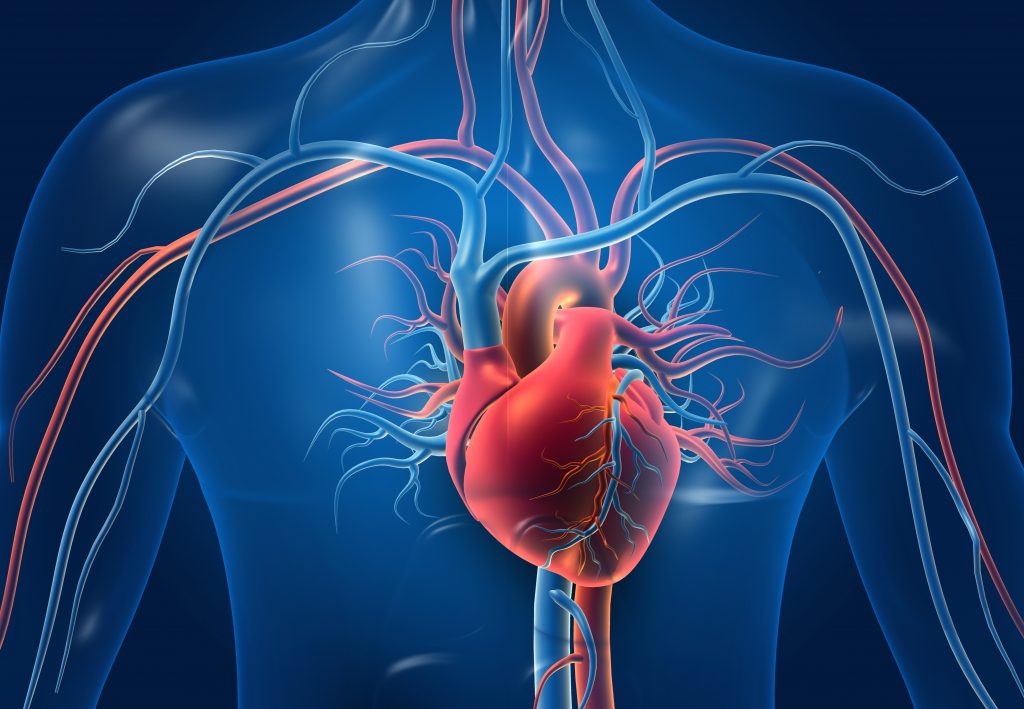Arq. Bras. Cardiol. 2022; 119(3): 411-412
Another Player in Increasing Collateral Circulation in the Heart – Another Potential Therapeutic Target in Cardiovascular Medicine?
This Short Editorial is referred by the Research article "Assessment of the Relatıonshıp Between the Adropın Levels and the Coronary Collateral Cırculatıon in Patıents wıth Chronıc Coronary Syndrome".
Richard Lower of Amsterdam first called attention to channels connecting the right and left coronary arteries in 1669. The Swiss anatomist Albrecht von Haller demonstrated these anastomoses by dissecting the coronary arteries. So, for centuries now, the presence of a well-developed collateral network providing blood supply to an underperfused myocardium has gained significant interest in physiology and physiopathology, and later, in therapeutics. Many questions kept scientists working restlessly to unravel the key players favoring the development of collateral vessels in the heart.
The coronary collateral circulation is a preformed network of immature anastomoses which connect the territory supplied by one epicardial coronary artery with that supplied by another. In 1959, Pitt et al. studied the prevalence of interarterial coronary anastomoses in seventy-five hearts obtained from an autopsy. Of the 15 normal hearts, only one (6%) was found to have such anastomoses. In those cases with occlusive coronary artery disease, myocardium fibrosis, or infarction, anastomoses were found in 75% to 100% of the cases. It was clear, from the beginning, that the presence of sustained periods of tissue ischemia was a pre-requisite to incite de establishment of collateral circulation.
[…]
2,472

